Super SID Monitor
Stanford’s Solar Center, in conjunction with the Space, Telecommunications and Radio-science Laboratory and educators throughout the world, has developed inexpensive Space Weather Monitors that interested scholars and students around the world can use to track solar-induced changes to the Earth’s ionosphere. These weather monitors, called Sudden Ionospheric Disturbance (SID) Monitors, are available to interested parties who support and encourage local science programs. A local Ham radio operator, Dave Mynatt, has received a SID Monitor and is suggesting that a good place to install one would be the observatory.
Earth’s ionosphere reacts strongly to the intense X-ray and ultraviolet radiation released by the Sun during solar events and by lightning during thunderstorms. These special monitors, located anywhere in the world can directly monitor and track these sudden ionospheric disturbances (SIDs) by using a VLF radio receiver to monitor the signal strength from distant assigned VLF transmitters and noting unusual changes as the waves bounce off the ionosphere.
To find out more about Super SID, read the brochure.
Super SID in India
Previously, there was no proper infrastructure in India for students to learn radio astronomy. Super SID from Stanford Solar Center has solved the problem. It is affordable, achievable and easy to install. The Society of Amature Radio Astronomers (SARA) in the USA helped us to have very first SSID in India by sanctioning the grant. We installed the equipment and started observations in 2010. Inspired and motivated by Gurudev Observatory, more than 7 universities and astonomical societies in India, including DSVV Observatory, Shantikunj, Haridwar has been granted Stanford Solar Center SSIDs by SARA.
We have used FRP C channel as an antenna pole because it is weather resitant and easy to maintain the cables. We have made a 2 meter wide square with 24 turns (100 feet) of cable to make the antenna with help of FRP channels.
We have to follow some procedures to hear the sounds of space weather during Super SID observations which we will discuss later on. But it is divine experience to communicate with the sky via the Super SID radio telescope.
Useful links
- Space Weather Monitors at the Stanford Solar Center: http://solar-center.stanford.edu/SID
- World Map of SID/AWESOME Sites: http://solar-center.stanford.edu/SID/map/
- GOES X-ray flux plot: http://www.sec.noaa.gov/rt_plots/xray_5m.html
- Stanford SID Monitors blog: http://sidmonitors.blogspot.com
- Society of Amateur Radio Astronomers: http://www.radio-astronomy.org
Pictures of the Super SID Monitor equipment
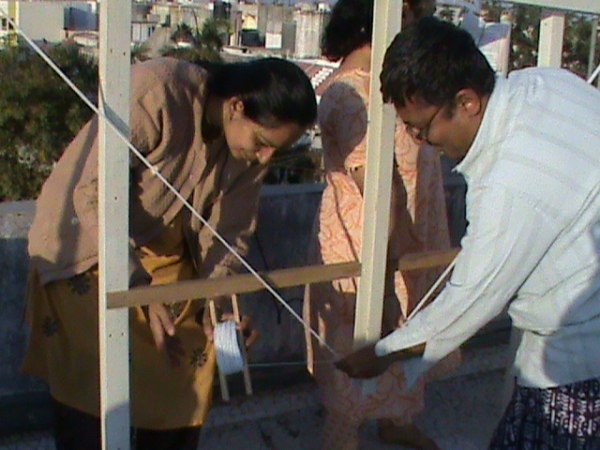
Antenna fixing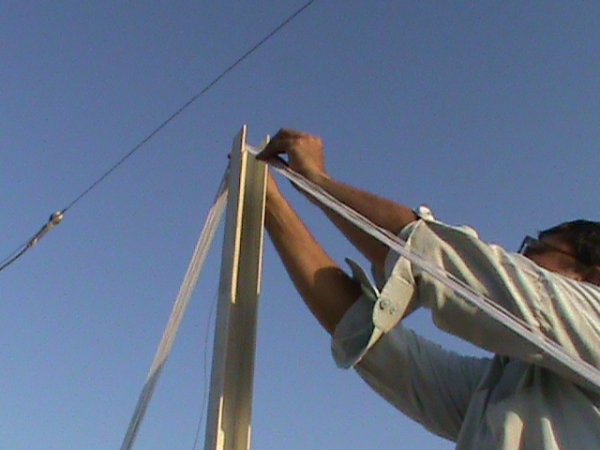
Antenna fixing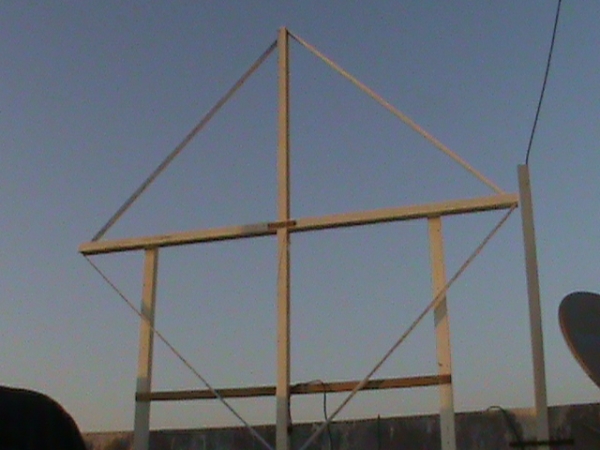
Super SID antenna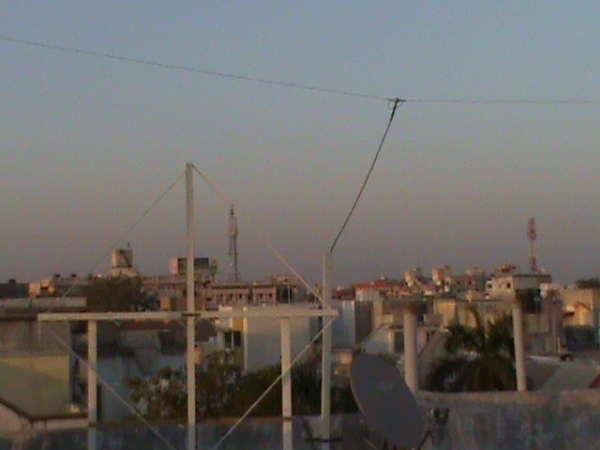
Super SID and Radio Jove antennas
Super SID Results
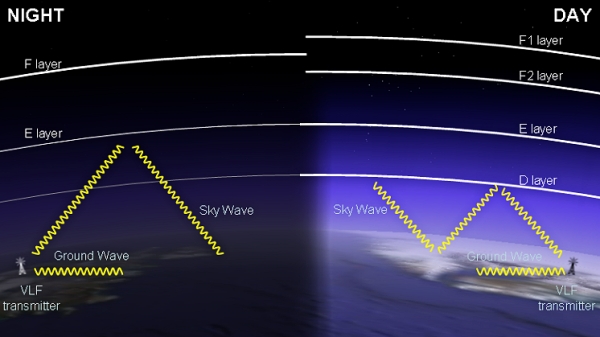
Day and night time layers
A quiet day
A day with two solar events
Gallery of pictures of the launch of the project and the equipment
Sounds of space weather from Super SID
Space weather:









